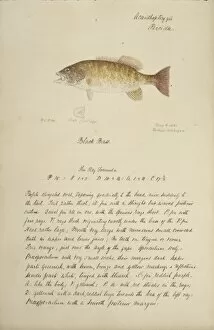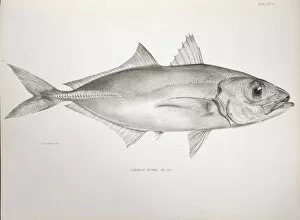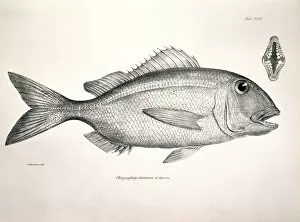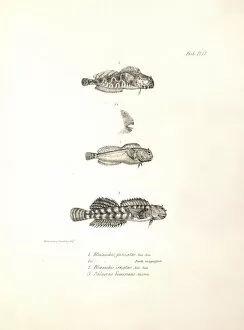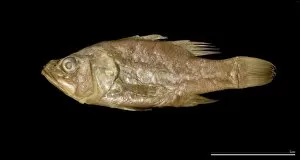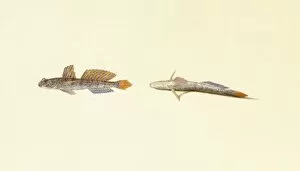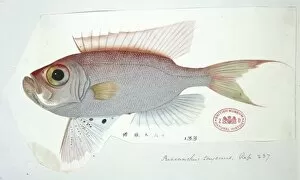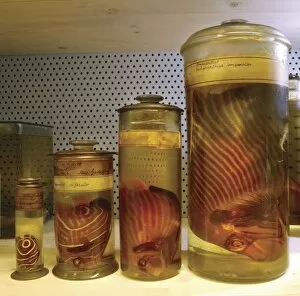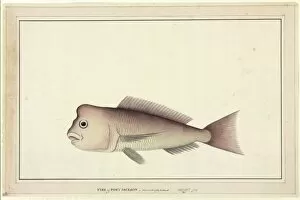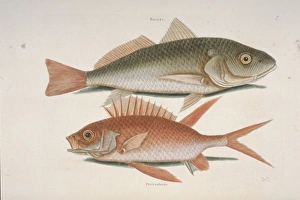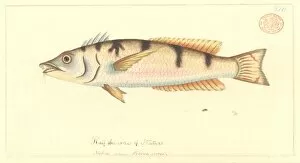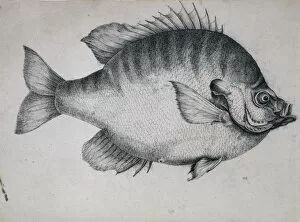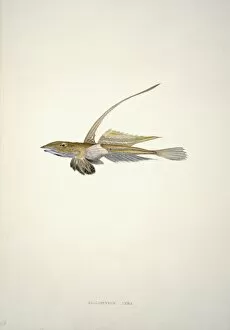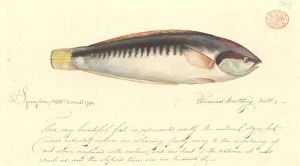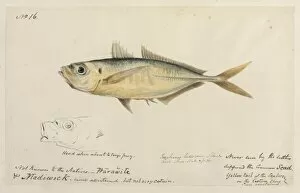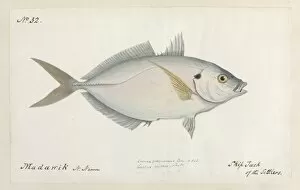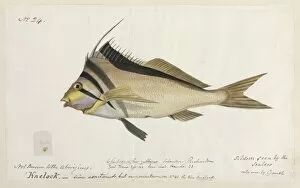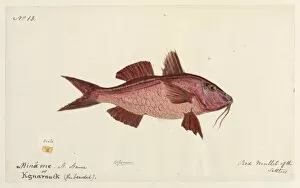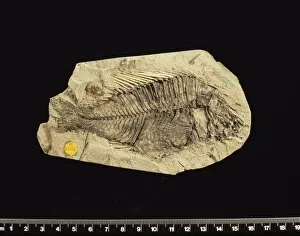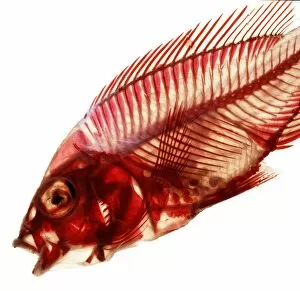Perciform Collection (page 3)
"Perciform: A Kaleidoscope of Marine Marvels" Dive into the mesmerizing world of perciform, a diverse order of fish that encompasses an array of captivating species
All Professionally Made to Order for Quick Shipping
"Perciform: A Kaleidoscope of Marine Marvels" Dive into the mesmerizing world of perciform, a diverse order of fish that encompasses an array of captivating species. From the elegant Pomfret illustration to the vibrant Snapper fish and the enigmatic Black jewfish, these creatures never cease to amaze. Among them is the Anarhichas lupus, commonly known as the wolf eel, with its snake-like appearance and ferocious demeanor. Its presence in underwater landscapes adds an element of mystery and intrigue. The Kyrtus indicus (Kurtus indicus) showcases intricate patterns on its scales, resembling a work of art painted by nature's brush. Meanwhile, a vintage print from 1922 introduces us to the resplendent Queen Angelfish with its vivid colors that seem almost too perfect for reality. The Lutjanus fulvus or blacktail snapper stands out with its striking contrast between its dark tail and shimmering body. Similarly eye-catching is Torpedine occhiatella or Loucounany sunfish - their unique shapes and markings make them true wonders beneath the waves. Anampses cuvier, better known as pearl wrasse, enchants observers with its iridescent hues that change like shifting tides. And let's not forget Zeus gallus and Zeus insidiator – two perciform species whose names evoke ancient mythology while their appearances inspire awe. Lastly, we encounter Zeus ciliaris (Alectis ciliaris), a majestic creature adorned with long fins reminiscent of flowing robes. Its regal presence reminds us why they are often considered royalty among marine life. In this vast oceanic realm filled with countless species, each perciform brings something unique to behold. Whether it be their dazzling colors or extraordinary adaptations for survival in aquatic habitats - they remind us just how wondrous our planet truly is.



